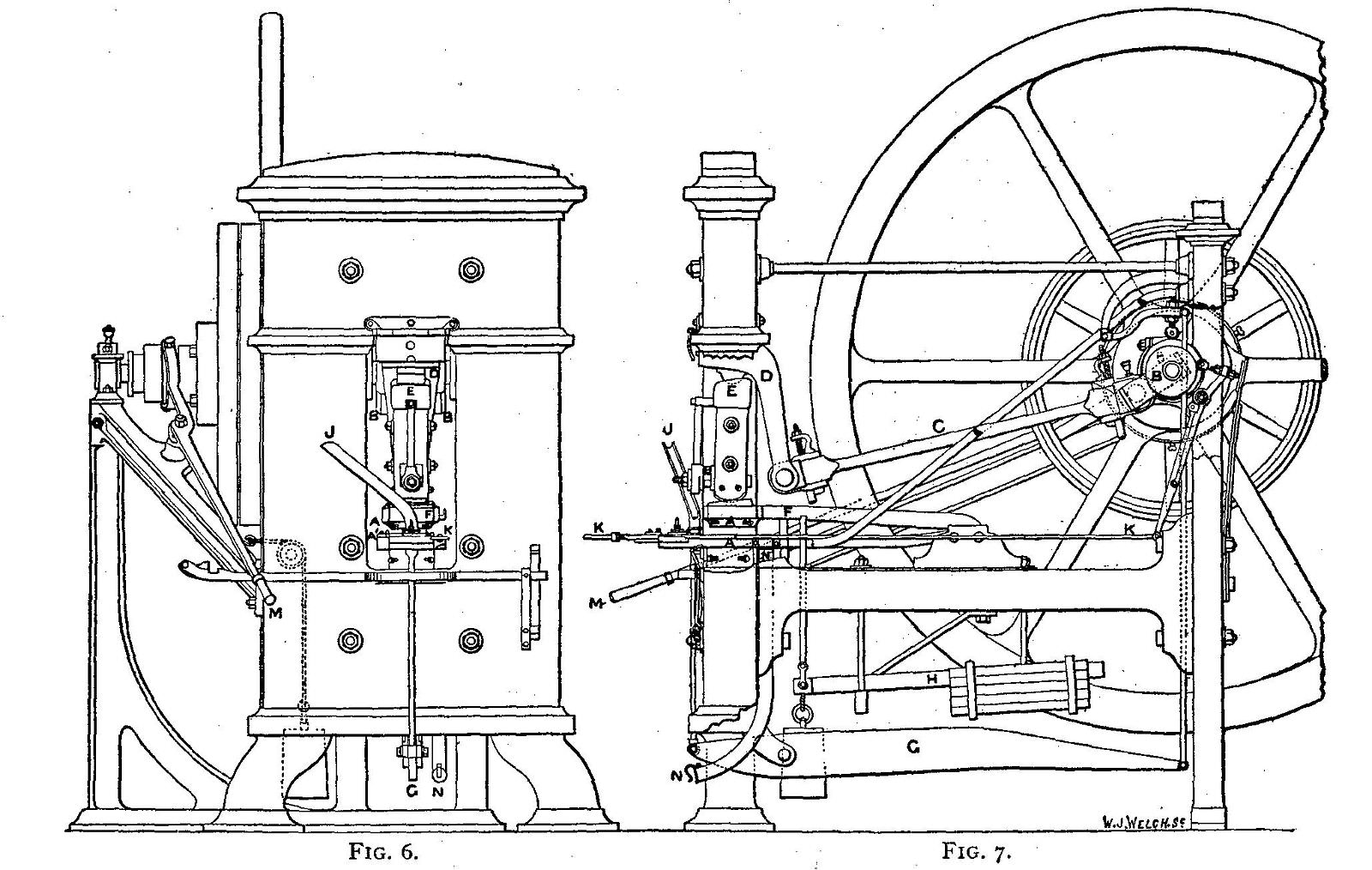World
On This Day in Science - March 23
By Jake Beardslee · March 23, 2024
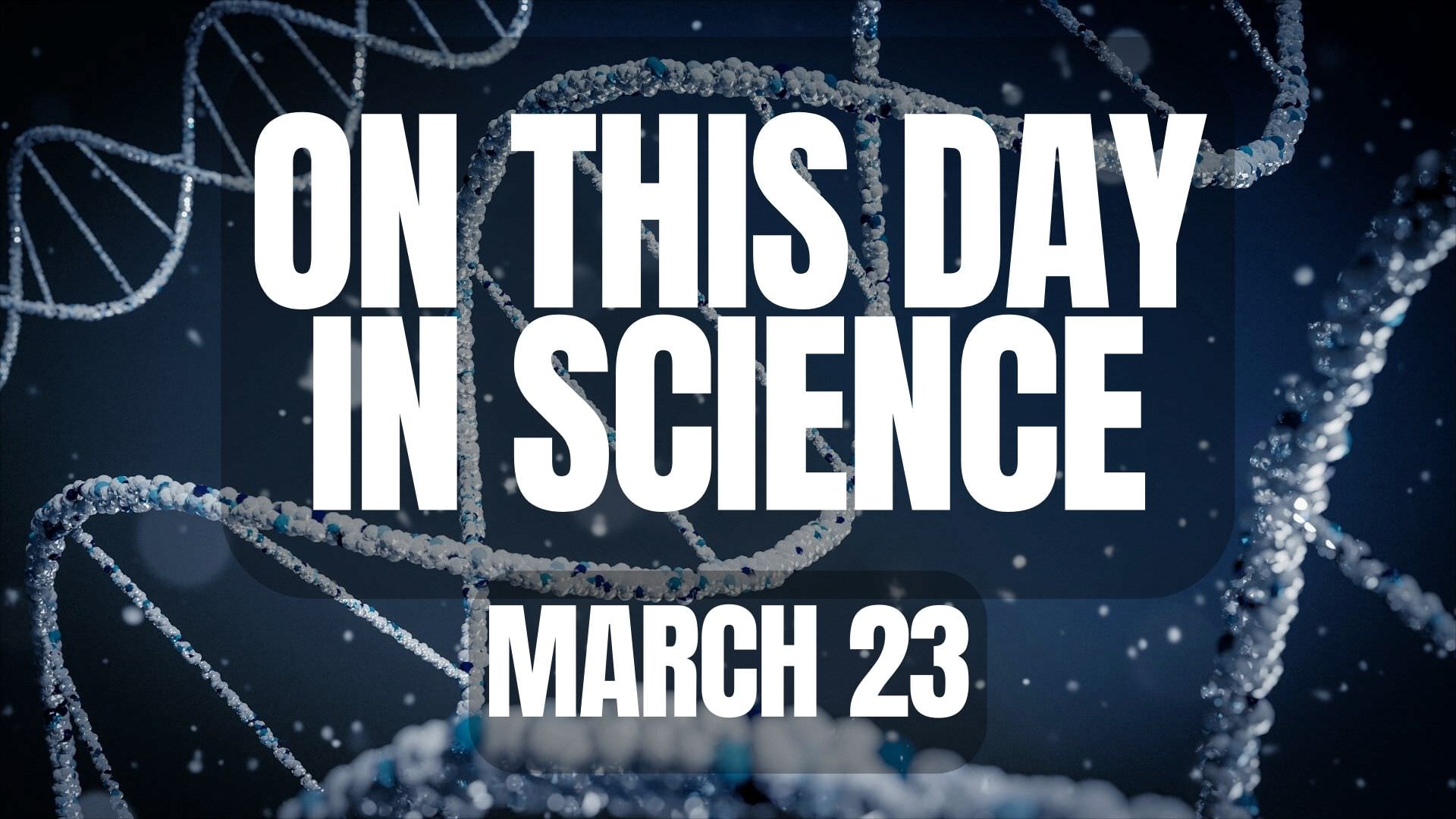
Join us as we unravel the captivating stories behind these scientific milestones, celebrating the inquisitive minds and tenacious spirits that dared to push the boundaries of what was once thought impossible.
Let's explore the scientific events that occurred on this day, March 23. Unsplash

Historic Space Handshake
On March 23, 1996, the U.S. Space Shuttle Atlantis docked with Russia's Mir Space Station, making history. Shannon Lucid became the first American woman to stay on Mir, marking a key moment in international space collaboration. NASA/Wikimedia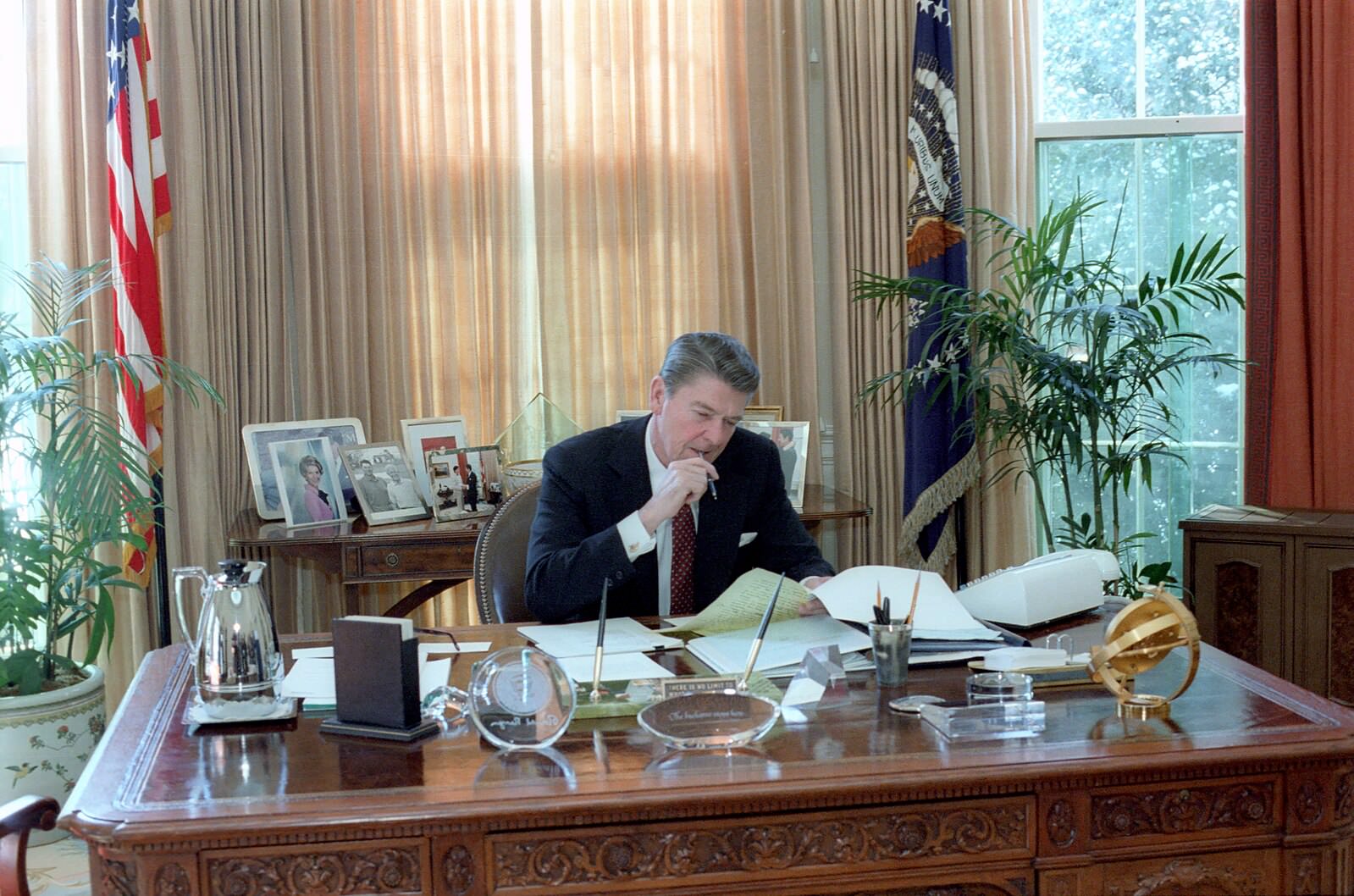
Star Wars Initiative Announced
President Reagan's Strategic Defensive Initiative, proposed on March 23, 1983, aimed to create an anti-ballistic missile shield, sparking debates over its feasibility and the future of nuclear deterrence. Series: Reagan White House Photographs, 1/20/1981 - 1/20/1989Collection: White House Photographic Collection, 1/20/1981 - 1/20/1989/Wikimedia
Dixie Cup Invention
The Dixie Cup was introduced on March 23, 1912, offering a hygienic, disposable solution for beverage consumption, becoming a public facility staple. Lafayette College/Wikimedia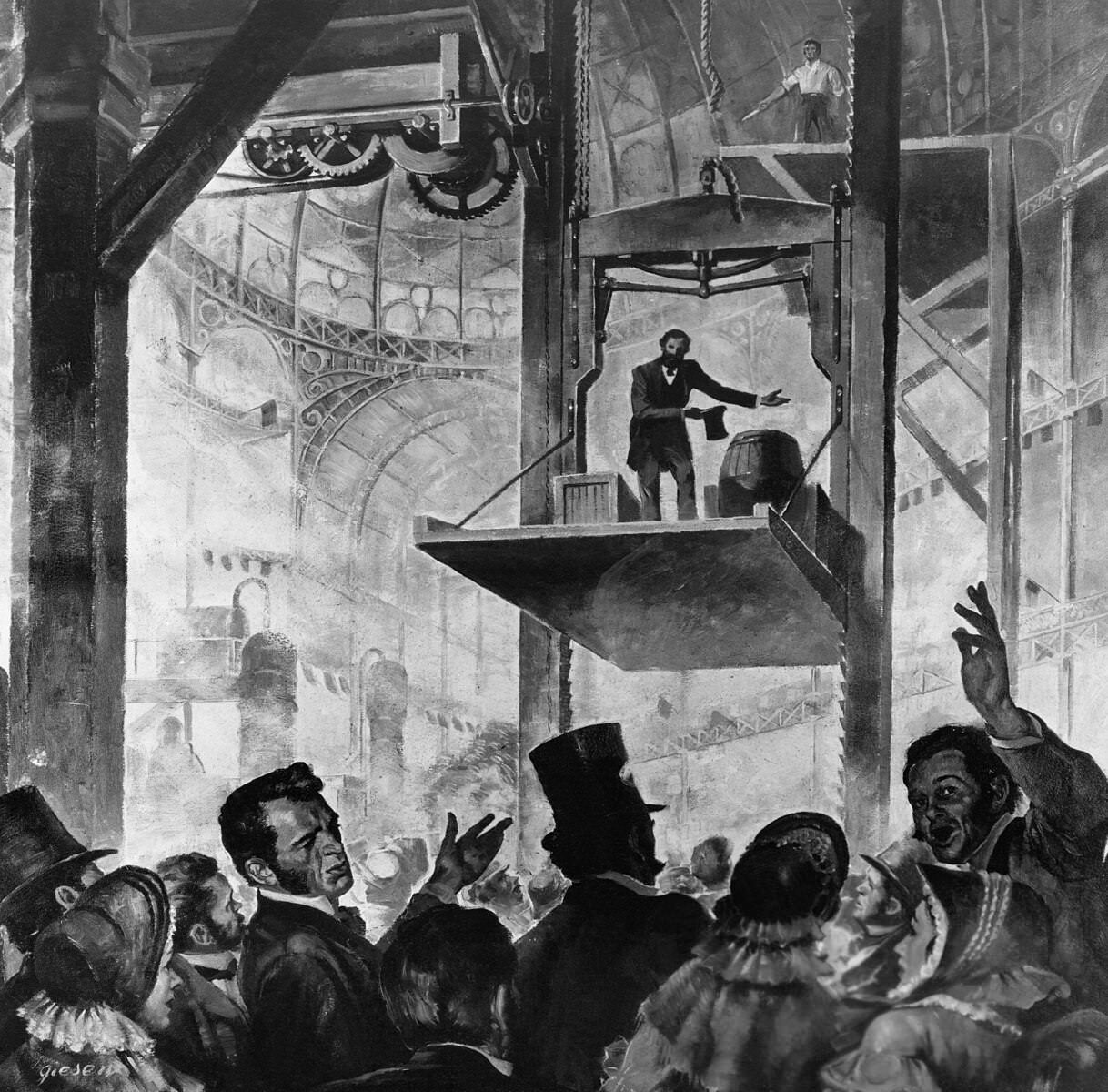
Innovation That Lifted the World
Elisha Otis's demonstration of the first safety elevator on March 23, 1857, in New York City, revolutionized urban architecture. Copie de gravure ancienne/Wikimedia
Unraveling Huntington's Mystery
The gene causing Huntington's disease was identified on March 23, 1993, showcasing a decade's worth of international collaborative effort. This discovery on chromosome 4 marked a significant advancement in genetic research. Sergb95/Wikimedia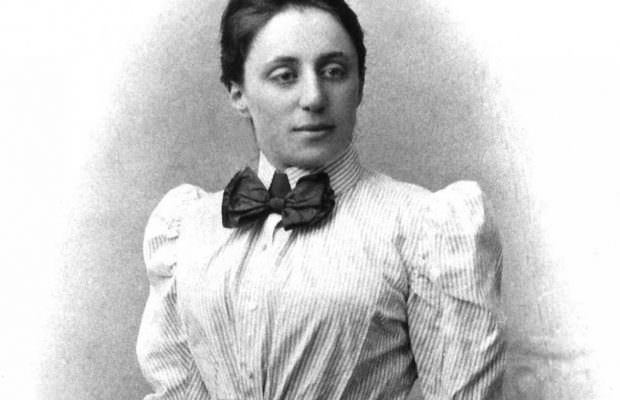
Emmy Noether's Mathematical Genius
Celebrating the birth of Emmy Noether on March 23, 1882, we honor the groundbreaking contributions of a mathematician who profoundly impacted the fields of abstract algebra and theoretical physics. PD-US/Wikimedia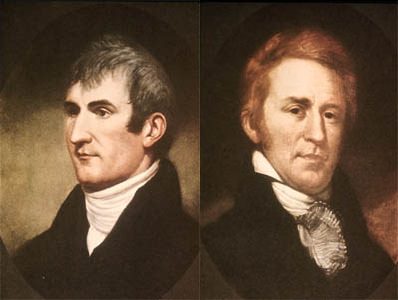
The Homeward Journey of Lewis and Clark Begins
On March 23, 1806, explorers Meriwether Lewis and William Clark, having reached the Pacific coast, embarked on their return voyage to St. Louis. PD-US/Wikimedia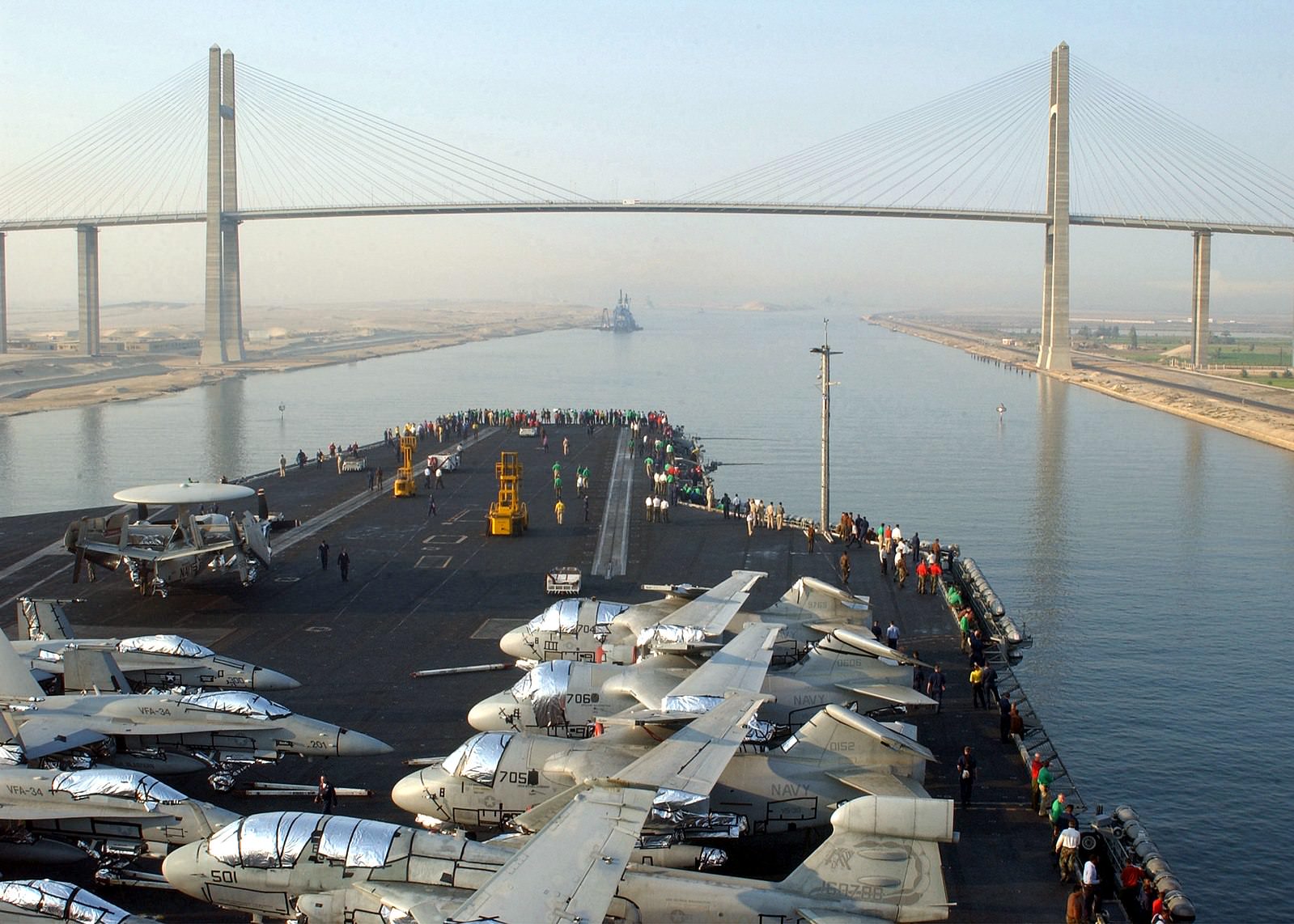
The Suez Canal Crisis of 2021
The Suez Canal, a vital route for global trade, faced a standstill on March 23, 2021, when the colossal vessel Ever Given ran aground. This incident highlighted the canal's crucial role in international shipping and the challenges of navigating such narrow passages. U.S. Navy photo by Photographer's Mate Airman Andrew Morrow/Wikimedia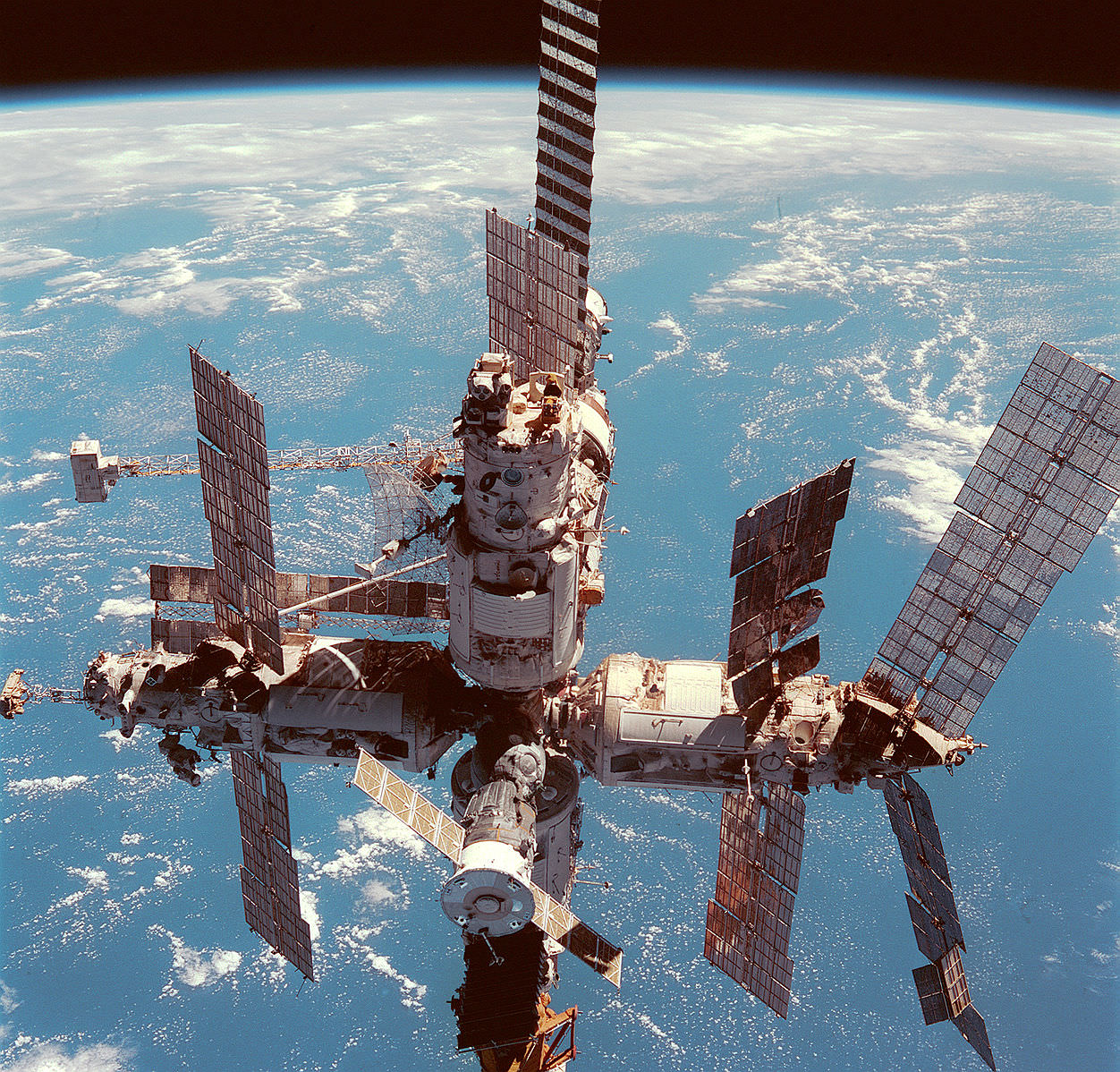
The Space Station Mir's Grand Finale
After surpassing its expected lifespan, the Mir space station re-entered Earth's atmosphere on March 23, 2001, culminating 15 years of space research and international cooperation. Original image: NASA/Crew of STS-91Retouched image: Thegreenj/Wikimedia
Titanic's Cinematic Triumph
James Cameron's "Titanic" not only captured the hearts of audiences worldwide but on March 23, 1998, it tied the record for the most Academy Awards won by a single film, a testament to its artistic and technical achievements. AirstarInternational/Wikimedia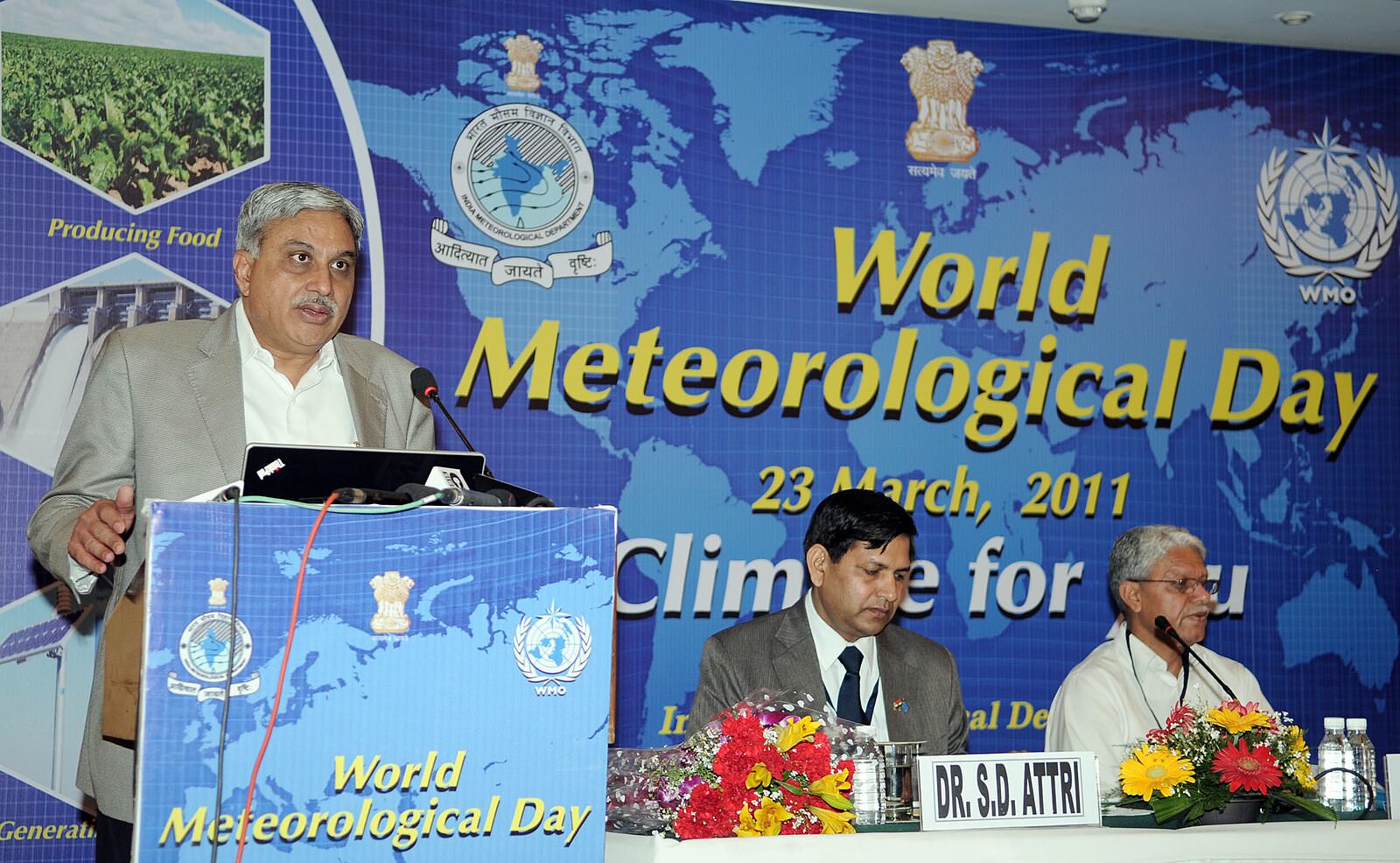
World Meteorological Day
Each March 23, World Meteorological Day commemorates the establishment of the World Meteorological Organization in 1950. It underscores the importance of international cooperation in addressing global weather-related challenges, from climate change to disaster preparedness. Ministry of Earth Science (GODL-India), GODL-India/Wikimedia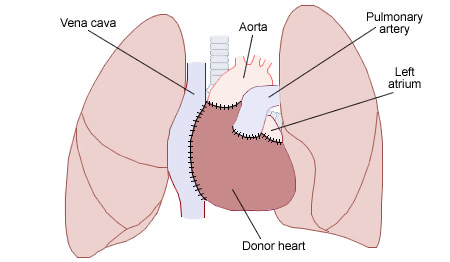
Pioneering Artificial Heart
Dr. Barney C. Clark became the first recipient of a permanent artificial heart on March 23, 1983, marking a groundbreaking moment in medical history despite the challenges that followed. D Dinneen/Wikimedia
Gemini III Launch
America's first two-person space flight, Gemini III, embarked on its historic journey on March 23, 1965, setting the stage for subsequent manned space missions. NASA/Wikimedia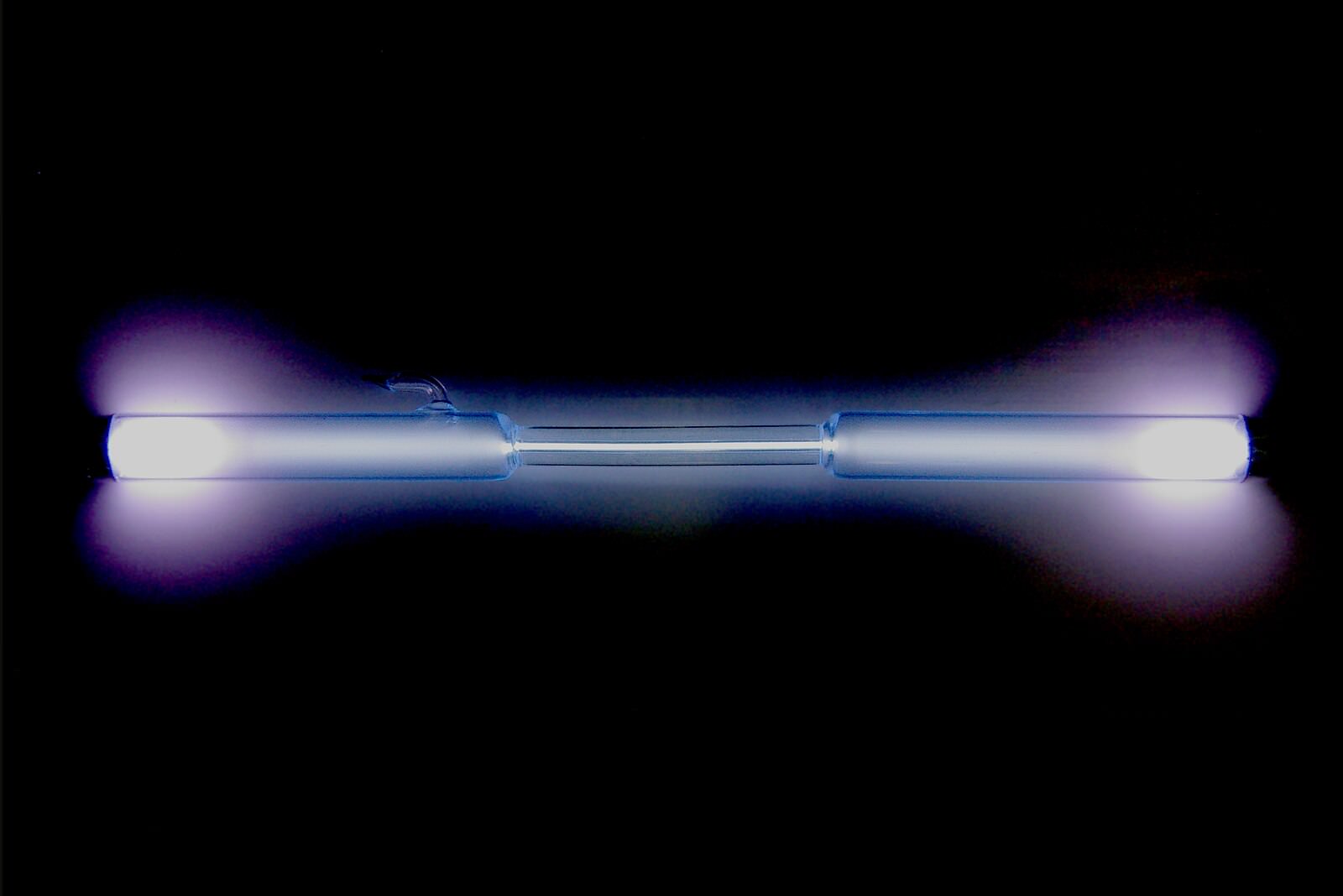
Xenon's Chemical Breakthrough
The first xenon compound was created on March 23, 1962, challenging the inert gas paradigm and opening new frontiers in chemical research. Alchemist-hp (talk) (www.pse-mendelejew.de), FAL/Wikimedia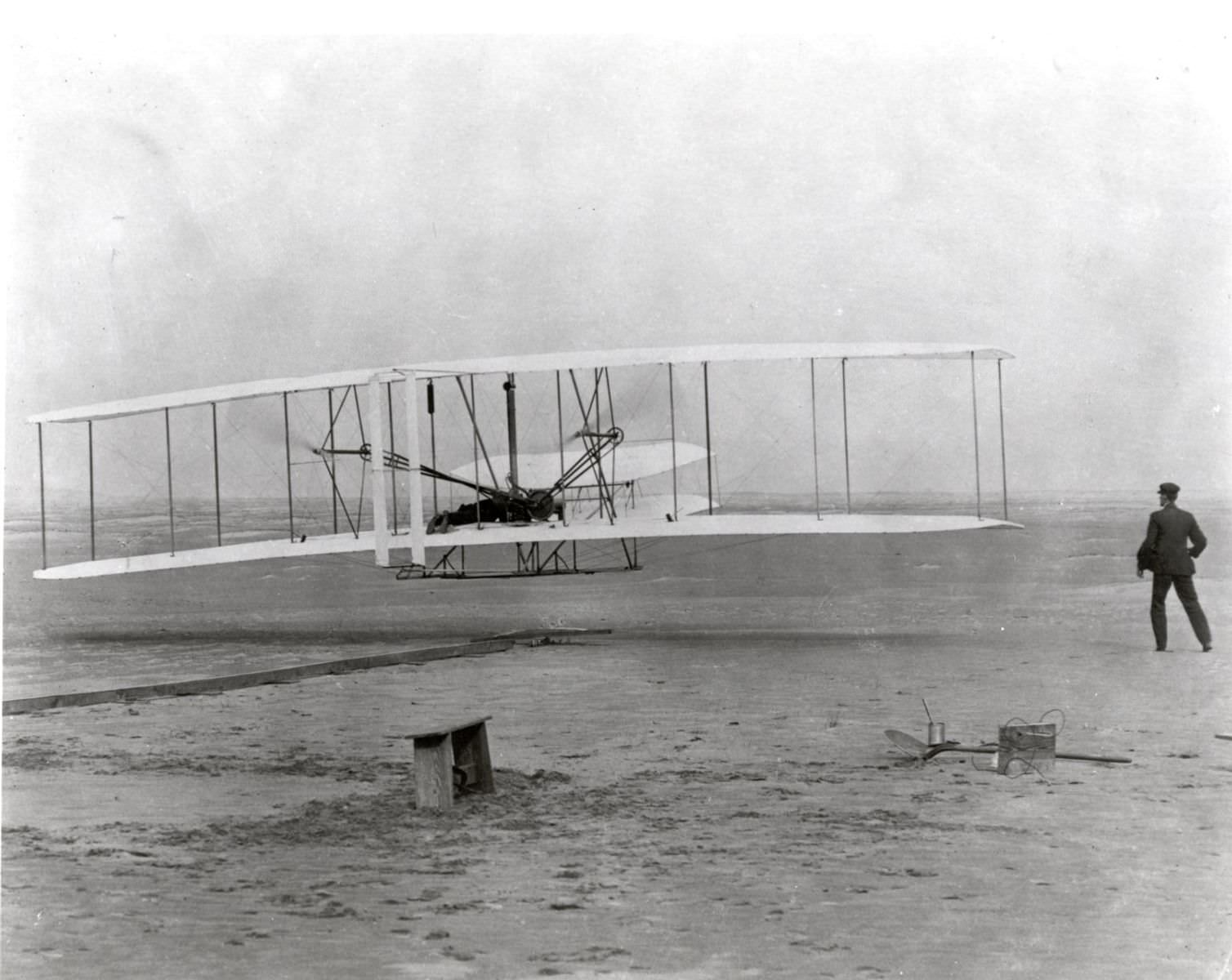
Wright Brothers' Flight Control Patent
The Wright brothers filed a patent for their flight control method on March 23, 1903, significantly influencing the development of aviation technology. NASA/Wikimedia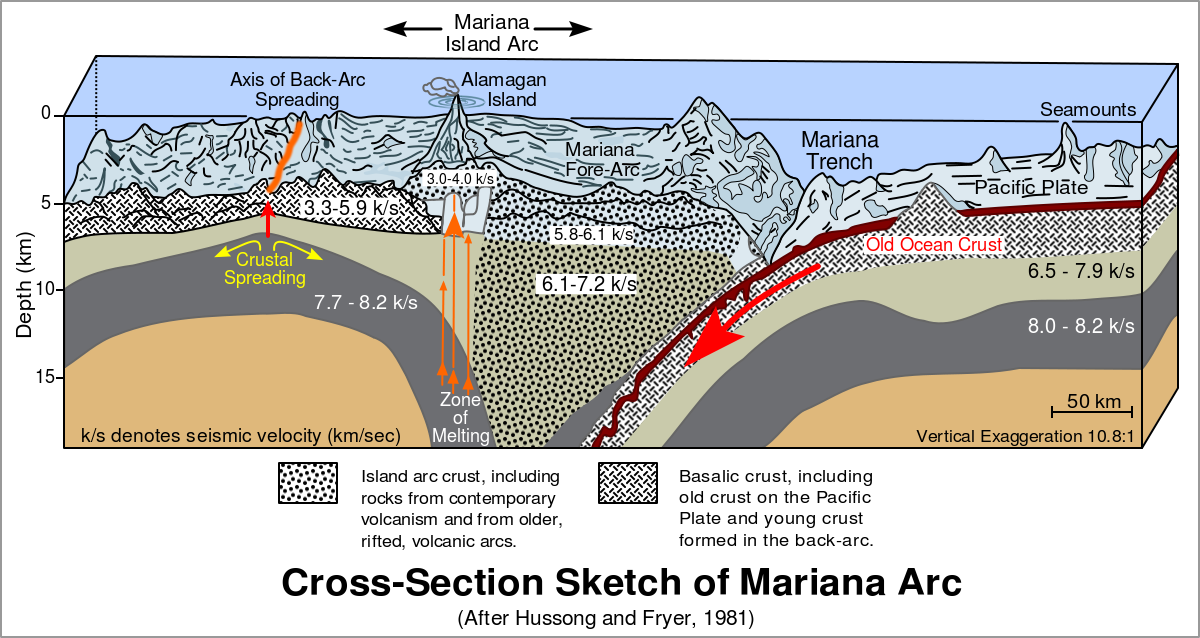
Exploring the Mariana Trench
The first sounding of the Mariana Trench was conducted by the HMS Challenger on March 23, 1875, revealing the deepest part of the world's oceans and expanding our geological knowledge. Hussong, Fryer (1981), US government supplied image, redrawn into SVG by Vanessa Ezekowitz/Wikimedia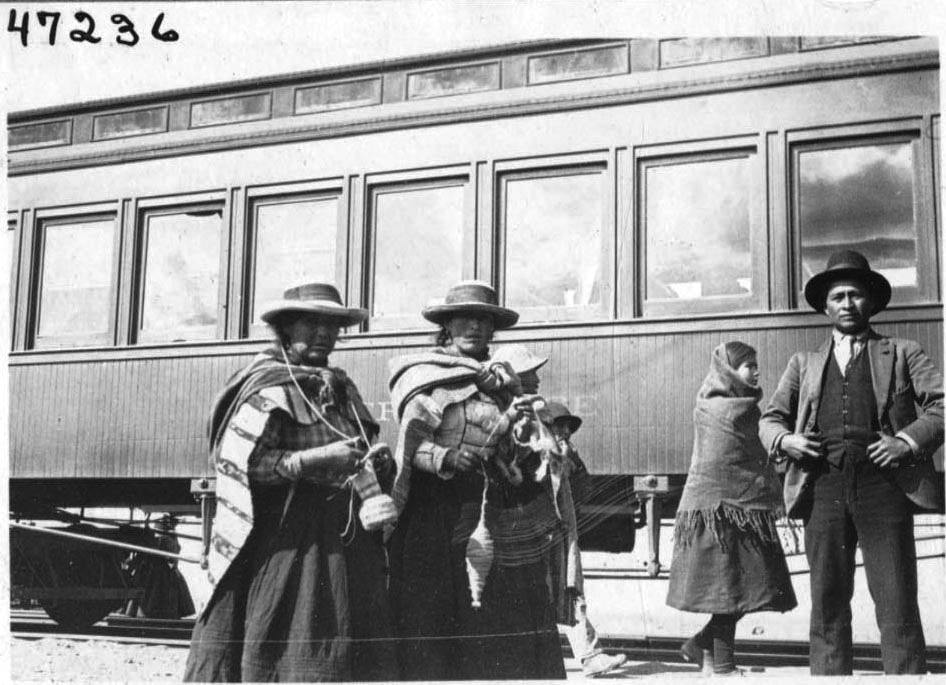
London's Tram Experiment
On March 23, 1861, George Francis Train introduced tramcars in London, offering a glimpse into the potential of tram systems in urban transportation. The Field Museum Library/Wikimedia